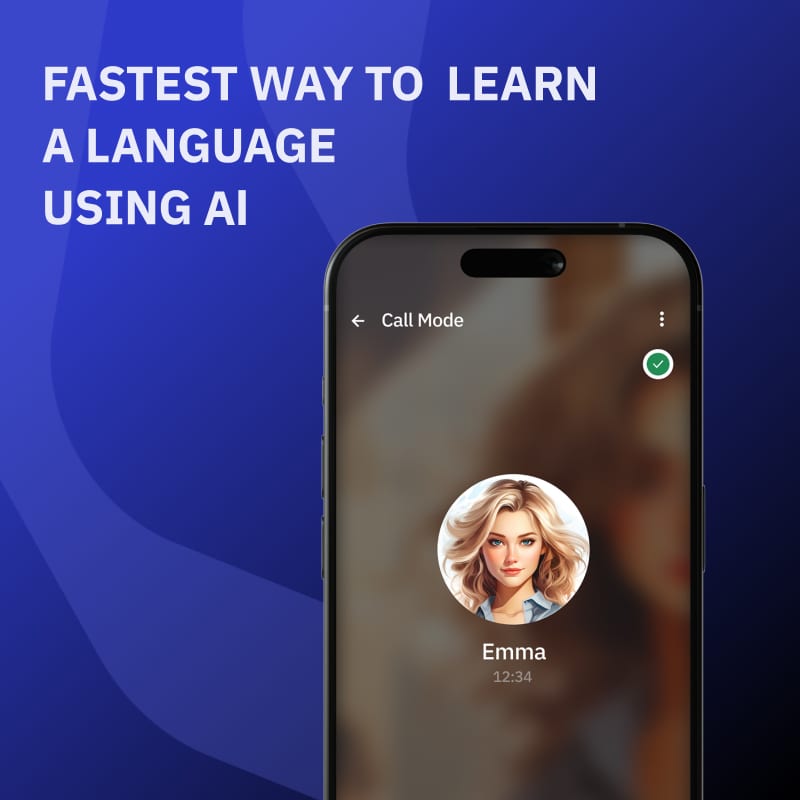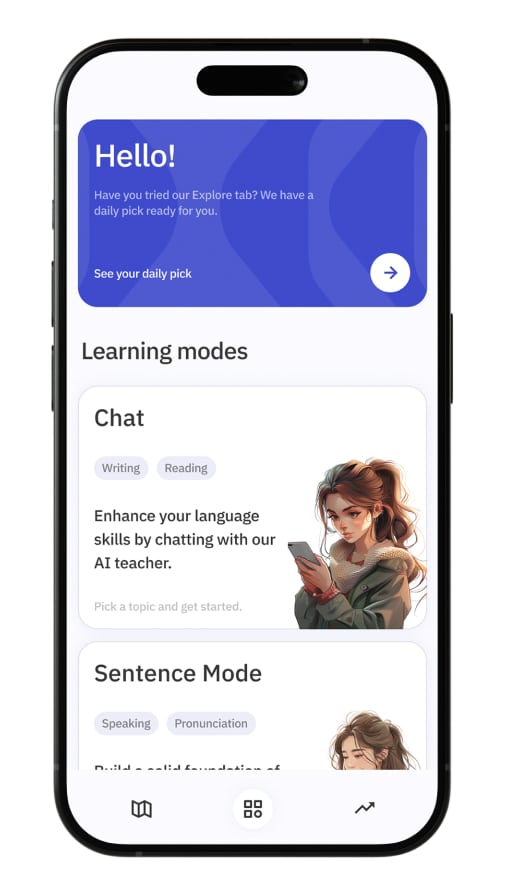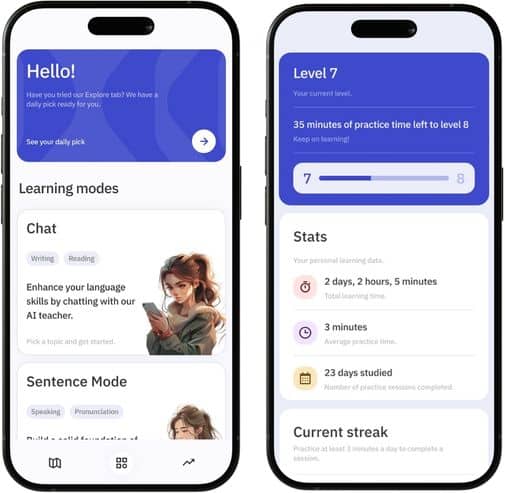Introduction to AI-Driven Language Learning
Artificial Intelligence (AI) has revolutionized numerous fields, and language learning is no exception. AI-driven language learning tools leverage machine learning, natural language processing, and other AI technologies to provide personalized learning experiences, immediate feedback, and interactive lessons. However, like any technology, it comes with its set of challenges and limitations.
Prospects of AI-Driven Language Learning
Personalized Learning Paths
AI-driven platforms can analyze a learner’s performance, preferences, and pace, allowing for the creation of customized lesson plans that cater to the individual’s needs. This personalization helps in maintaining learners’ interest and improving their learning efficiency.
Scalability and Accessibility
AI can handle thousands of learners simultaneously, providing quality education without the need for as many human instructors. This technology also breaks geographical barriers, enabling users from different parts of the world to access learning materials anytime and anywhere.
Enhanced Engagement through Gamification
Many AI language learning apps incorporate gamification elements to increase user engagement. These include earning points, virtual rewards, or competing against other learners. Such features make learning more fun and engaging, encouraging continuous learning.
Immediate Feedback and Correction
AI-driven programs provide instant feedback, allowing learners to recognize their mistakes and correct them in real time. This immediate response is crucial for effective language learning, as it prevents the reinforcement of incorrect practices.
Integration with Augmented and Virtual Reality
AI combined with augmented reality (AR) and virtual reality (VR) can create immersive learning experiences that are particularly effective for language learning. These technologies simulate real-life interactions and enable learners to practice languages in various scenarios, enhancing both comprehension and speaking skills.
Pitfalls of AI-Driven Language Learning
Lack of Human Interaction
Language learning is not just about grasping vocabulary and grammar; it’s also about understanding cultural nuances and engaging in meaningful conversations. AI-driven tools may lack the ability to fully replicate the nuances of human interaction and cultural contexts that are crucial for mastering a language.
Overdependence on Technology
There is a risk that learners might become overly dependent on AI tools, potentially hindering their ability to use the language independently without digital assistance. This overreliance can be detrimental in situations where digital tools are unavailable.
Data Privacy Concerns
AI-driven language learning platforms collect vast amounts of data from users to personalize the learning experience. This raises significant concerns about data privacy and the potential misuse of personal information.
Limited Understanding of Complex Language Elements
While AI has made significant strides, it sometimes struggles with understanding and generating complex language elements, such as idioms, slang, and humor. These elements are often essential for fluent and natural communication but may be misrepresented or misunderstood by AI systems.
Potential Bias in AI Algorithms
AI systems are only as good as the data they are trained on. If the training data is biased, the AI’s language teaching will also be biased. This can lead to perpetuating stereotypes or favoring one dialect over another, which could mislead learners about the diversity and richness of a language.
Future Directions in AI-Driven Language Learning
Incorporation of Advanced AI and Machine Learning Models
Future AI language learning tools are expected to incorporate more advanced machine learning models that can better understand and generate human-like language patterns. This improvement can help in overcoming the current limitations of AI in understanding complex language elements.
Enhanced Data Security Measures
As data privacy concerns continue to grow, it’s crucial for AI language learning platforms to adopt stringent data security measures to protect user information. This includes using end-to-end encryption and ensuring that data collection complies with global privacy standards.
Hybrid Learning Models
Combining AI-driven tools with traditional human teaching methods can provide a balanced approach to language learning. This hybrid model can leverage the efficiency and scalability of AI while retaining the irreplaceable human elements of teaching.
Focus on Cultural Education
Future developments should focus on integrating cultural education into AI language learning platforms. This can be achieved through the inclusion of cultural lessons, real-life scenarios, and interactions that go beyond mere language mechanics.
Addressing Algorithmic Bias
It’s essential for developers to address the issue of bias in AI algorithms. This involves using diverse data sets for training AI systems and continuously monitoring and updating the systems to ensure fair and unbiased language instruction.
Conclusion
AI-driven language learning presents exciting opportunities for learners across the globe, offering personalized, engaging, and flexible learning experiences. However, the technology also faces several challenges, including lack of human interaction, data privacy issues, and potential biases. By addressing these pitfalls and continuously improving AI technologies, the future of language learning looks promising, blending the best of technology with the irreplaceable nuances of human instruction.













